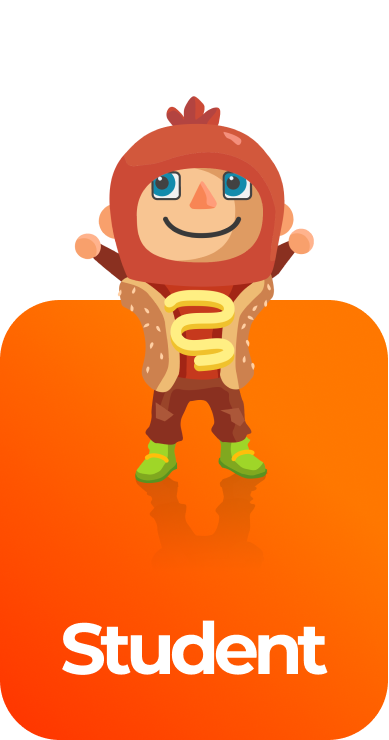Adaptation Science Games
3 gamesIn this series of games, your students will learn that in any particular environment, some kinds of organisms survive well, some survive less well, and some cannot survive at all. Adaptation learning objective — based on NGSS and state standards — delivers improved student engagement and academic performance in your classroom, as demonstrated by research.
Scroll down for a preview of this learning objective’s games and the concepts.
Concepts Covered
Organisms of the same species that live in the same place together are a population. A habitat is a place in which an animal or plant naturally lives. An organism’s habitat provides food, water, shelter, and space. Animals use different methods to store food, find shelter, defend themselves, and rear young. Different organisms need different things from their environments in order to survive. If an environment fully meets the needs of an organism, the organism can survive well there. Some organisms can thrive in one kind of habitat and not in another.
A trait is a characteristic of an organism. Some examples of traits in plants and animals are size, color, texture, shape, and patterns. All organisms have structures, which are the physical parts that make up an organism. The structures in an organism have different purposes, or functions. The functions of internal and external structures support an organism’s survival, growth, behavior, and reproduction.
An adaptation is a trait that allows an organism to survive in its environment. Adaptations can be physical, behavioral, or functional. Behavioral adaptations are activities that organisms perform to meet their life needs. Plants and animals are adapted to the environments in which they live. Camouflage is a physical adaptation that helps an animal blend into its environment and avoid predators. Hibernation is a behavioral adaptation that allows an animal’s body activities to slow down during the winter.
A preview of each game in the learning objective is found below.
You can access all of the games on Legends of Learning for free, forever, with a teacher account. A free teacher account also allows you to create playlists of games and assignments for students and track class progress. Sign up for free today!











